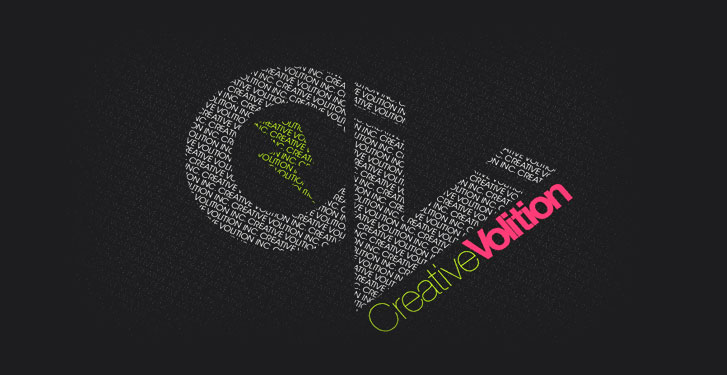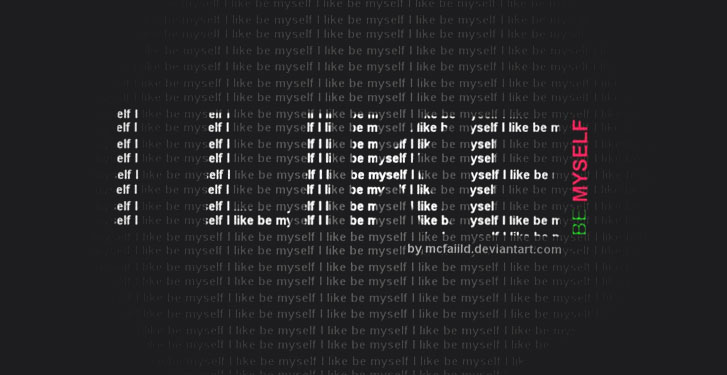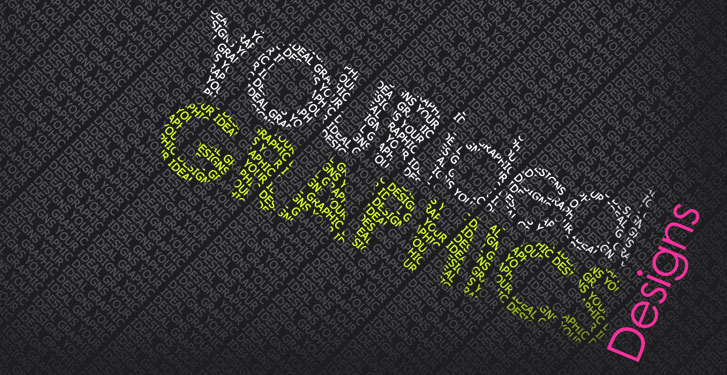Binaural Beat versus Hemisync, What's the Difference?
There is a lot of debate around the internet regarding whether a
binaural beat recording or a hemisync recording is the better products.
This article attempt to look at exactly what each product is and compare
the two so you can make logical decisions on which product you
personally prefer.
Binaural Beat: Also known as binaural sound is a technique of using
sound waves to change the brain wave pattern to match a known pattern,
thereby reproducing that pattern within the brain and causing the person
to experience the same affect as if they had developed that brainwave
pattern spontaneously.
Hemi sync: A trademarked brand name for a process to create binaural beats.
For the purpose to this article, I am going to assume you already
know the benefits of using binaural beats to make positive changes in
your life so we will be concentrating on comparing a Hemisync binaural
beat to a binaural beat produce by someone else.
So what would be the differences between a binaural beat produced by
two different people. To start off, you need to look at what the
brainwave frequencies being used are.
A binaural beat is produced by playing two different brainwave
frequencies at the same time, one within each ear and allowing the brain
to change its frequency to match the DIFFERENCE between the two
brainwaves.
For instance, if you wanted to entrain the brain to vibrate at a
frequency of .20 htz, which is a level known to ease dental pain, you
can not simply play a tone at the frequency and expect the brain to
immediately change its frequency to match the tone. For one thing, at
.20 htz the human ear is not capable of hearing the sound, so it must be
boosted to a higher frequency by adding a carrier wave to it.
The commonly accepted way to cause the changes within the brainwave
is to play a difference tone in each ear which are two completely
different frequencies. The difference between the two frequencies
however is equal to the frequency you want the brain to vibrate to.
For instance, in the case above you could play a frequency of 100.19
in one ear and a frequency of 99.99 in the other ear. The difference is
exactly .20 which is the target range.
At the same time, you could play a frequency of 73.10 in one ear and
73.30 in the other. It would still result in the exact same target
frequency, but they would sound completely different.
So is the first example better than the second or visa versus? The
only honest answer is we just don't know. No one has done enough
scientifically verifable testing to know for sure if there is any
difference. At this point, I do not believe anyone can claim a superior
product and I simply can not agree that Hemi sync is the best product,
so lets look a little deeper.
That brings us to the next question. Does the way the sound is
produced make a difference in how well the product works. Hemisync uses a
what they call a pattened process to produce their binaural beats.
There are several different software solutions available on the internet
that allows you to produce binaural beats. I am sure I have not tried
every one of them but of the ones I have tried, I personally can not
ascertain a noticable difference with the results I personally acceived
and that includes with Hemisync products.
This is yet another area that will require additional research of a
scientific nature in order to determine if there is a difference. So
again, I do not believe any product can claim superiority at this point
and again can not accept Hemi Syncs claim.
Up till now, we have covered the way a binaural beat is made and the
frequency it is made at. That pretty much covers the basics of binaural
beats. But the finished product you would be purchasing will probably go
well beyond having only a binaural beat on the recording.
The next item to be examined is the variations within the frequency
range being used. In many cases, the target brain frequency is a range
of frequencies rather than a single target. For instance the dental pain
frequency is not just .20 but a range that runs from .20 to .26. This
is an area where I believe there could actually be a difference between
the ability of two binaural sounds to cause change. The problem is
proving it.
For instance, one person could decide to have their range move slowly
from .20 to .26 and down again in a cycle that lasts 2 minutes. Another
could use a cycle that last 5 minutes. While yet another could choose
to move randomly through the frequencies and maintain .20 for 1 minute,
then .25 for 1 minute, then .23 for 2 minutes, then .21 for 1 minute,
etc., etc.
Obviously there could be multiple additional scenarios possible but
the questions begs to know, is any one sequence of frequencies better
than the other. Again, the only honest answer is no one really knows.
There simply has not been enough data gathered to know for sure.
Short of trial and error, there really is no way to say with 100%
certainity that any one set of frequencies is better than another. Your
gut instinct and person prior experience would have to be your guide on
this one.
Next lets look at the music that is backing the binaural beat. The
vast majority of the music companies back their binaural beats with is
very laid back and relaxing music. I personally see a major problem with
this in that it requires the user to stay still and focused for at
least 30 minutes. While I fully believe this type of recording has a
place in the field, it can make it hard for many people to stay awake
thereby causing them to not be able to use the recording for more than
the one time per day on most days.
By backing the binaural beat with upbeat music that makes the user
feel good and want to move, it can keep the brain in a more alert state
and thereby making changes easier. this provides a recording that can
often be listen to for multiple times per day, while the client is
working on other projects and thereby greatly increase the amount of
brainwave entrainment time which should produce higher results.
Yet again, there is no evidence to prove this theory in a scientific
manner. At the same time, I personally have chosen to use this type of
produce more often that the mediatative kind because I spend more hours
in an alert state than in a meditative one.
Let's now examine something that is included in many recordings but
not in others. Namely subliminal messages. Subliminal messages are
spoken words with positive affirmatins dealing with the subject of the
binaural beat. For instance, a binaural beat for weight control might
have a subliminal message that says "I eat only fresh healthy foods".
Obviously the actual subliminal messages would probably be different
with each maker of a binaural beat, so it would be impossible to
reliably compare results. Plus there is much debate as to what level the
subliminal messages should be played at, how many individual messages
there should be and the number of times they should be played in any one
music set.
Each of these will be different between the various manufacturers.
Just keep in mind that each will be claiming their is the best so base
your decision on something other than what the manufacture claims.
It is also adviseable to take a look at the amount of information the
creator is giving you. It is understandable for a manufacturer to keep
the exact frequencies they use a secret, but they should be more than
will to let you know what subliminal messages they use and many will at
least tell you the general range their binaural beats are within.
I personally do not believe their is enough information THAT IS
SCIENTIFICALLY VERIFIABLE for any one manufacturer to claim to be the
best. It is more a matter of finding a combination of products that
suits you own personal needs the best.
After all, you are an individual and what works for you will not work for everyone else.
If you are in the market for one or more binaural beats to bring positive change into your life, might I suggest the
Unexplainable Store I have had very positive results with several of their recordings.








